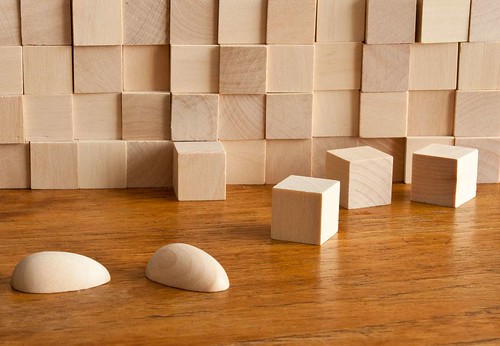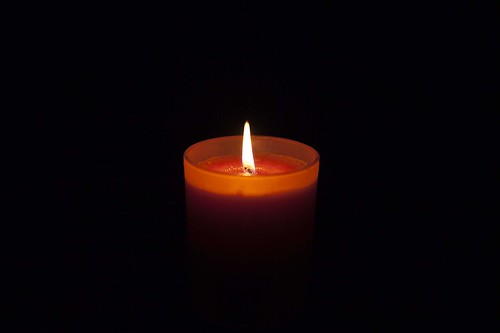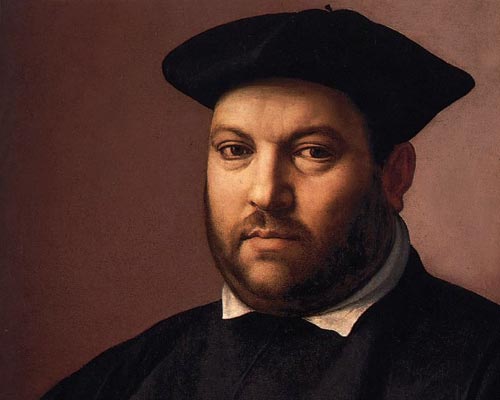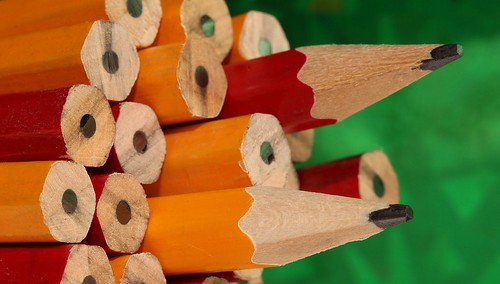
Collections of things are fun and easy to photograph. Everyone loves a collection.
Click image to view large. “Pencils” By Netkonnexion on Flickr ![]()
Collections are everywhere
For some reason us humans love them! So taking photos of collections seems natural. The shots pull viewers in. They are easy to photograph too. In this post we’ll get you started on this fun photographic frolic!
First, what is a collection? Simply a number of items in the same category. Pencils; pens and pencils; crayons or all three are different collections of things in the same category. If there is a common theme mixing things it’s fine. Or, you can have all the same objects in your collection. Normally I find a large number of items is best. That is helpful to cover a whole frame of your shot, and it also gives you scope to vary the way they are laid out.
Organised collections
Organised collections are those that show a neat arrangement. Of course this can be a bit boring. So lovely arrangements really help here. There is plenty of scope to develop your artistic talents. Here is a series of photographs that have both beauty and organisation, but a limited range of the collected items: Thousands of suspended buttons made as common objects ![]() .
.
There are so many beautiful photographs of pencils in neat arrangements online. Here is a link with image ideas… Collections of pencil photographs on Google Images![]() . It is worth trying out a few to see how you get on.
. It is worth trying out a few to see how you get on.
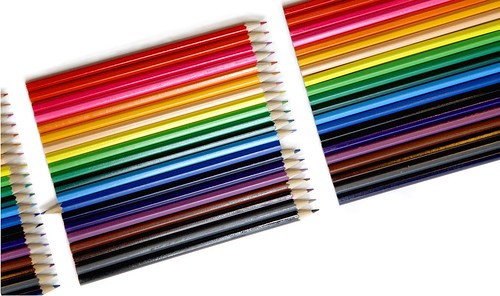
Pencils are particularly fun to photograph. They make great arrangements and have wonderful colours.
Click image to view large. “Arrangement” By Netkonnexion on Flickr ![]()
Both of my pencil photographs here are carefully arranged to be “different” in a small way. At the top of the page the pencils are arranged so some are pointing out, and some point in. It’s just added interest. Can you spot the one difference in the picture “Arrangement”? The idea with a neat collection is to introduce a random element to capture the imagination of your viewer. Or to raise questions in their mind. That way they are pulled into the shot and become absorbed. Then your picture has succeeded.
Disordered collections
There is even more potential for disordered collections than with ordered ones. Wow! Think pebbles on the beach. An infinite variety of arrangements right before your eyes. However, this can trip you up. What do you look at or photograph first?
The first principle is to look for something that you think is interesting. Look around for a while and find some pebbles that are brightly coloured or that have particularly good markings. Then you can assemble them as if that was the way you found them.
I have often found that you can find something completely different to break up the pattern. Then the pebbles become a background. I have on different occasions in the past introduced seaweed, a leaf, a small piece of driftwood… you get the idea. The one-off object placed in your collection relives the monotony and highlights the collection at the same time.
Of course disordered collections can have ordered elements to relieve the monotony. In the image below I introduced a little pattern. It may not be immediately obvious. But the idea is that the pattern comes out after a short time looking at the picture. The viewer is pulled in while trying to establish order – then suddenly finds it.
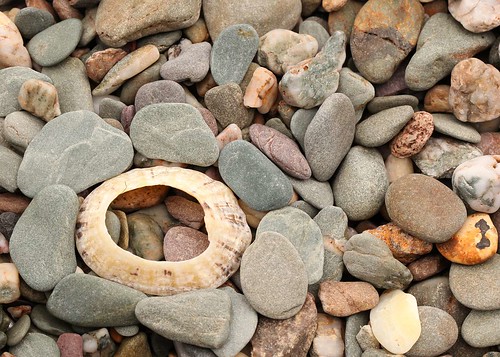
“Stones and Shell” – creating order out of chaos
Click image to view large.
“Stones and Shell” By Netkonnexion on Flickr ![]()
Disordered collections are quite fun when you have multi-coloured items and only a few. I have seen some great cotton reel shots. Brightly coloured stationary items are fun too – I love paper clips. Those make great backgrounds for all sorts of purposes. I have taken drawing pins, buttons, polished stones… all sorts of collections.
I have shown many collections in exhibitions and competition too. They always attract attention. It often depends on the way they are photographed of course. In various situations the importance of light comes to the fore. This next photograph was taken for a client. The subject matter is perhaps not the most inviting. However, the interesting shapes, shallow depth of field and the moody light changes the “clinical” to the “interesting”. The shallow incidence of soft light also helps define the shapes which might otherwise have been lost in a full high key lighting situation.

“Medical lancets” – shallow depth of field and moody light softens the appearance of the collection.
Click image to view large.
“Medical lancets” By Netkonnexion on Flickr ![]()
Over the years I have had a great deal of fun working with collections and creating shots. They provide plenty of interest for the eye and can involve great colour, geometry, pattern, chaos, form and shape. Have a go – you will find collections are very stimulating subjects. And, the endless variety offers so many photo opportunities.
Hobby collections
There is a great deal to be said about hobby collections. Each item in such a collection is prized and valued. Displays and lighting are a special part of the presentation and the actual photography. So I am not going to tackle this subject in this post. It is an involved and deep subject which relies on the particular hobby. However, it is worth mentioning that often photographs of hobby collections are about taking a record shot. In the links below I have put some links relating to hobby collections that may be worth you following up.
Collections of pencil photographs on Google Images
Definition: High Key lighting/photography
Definition: Soft Light
Definition: Record Shots
Photography Tips to Improve Your Online Selling… – for those selling hobby items online or using Ebay.
Record Shots – a definition
Are you aware of hidden emphasis? – beware of subtle messages in your picture (collections related)
An interesting post showing collections of buttons pictured as other objects

Damon Guy (Netkonnexion)
See also: Editors ‘Bio’.
By Damon Guy see his profile on Google+.

